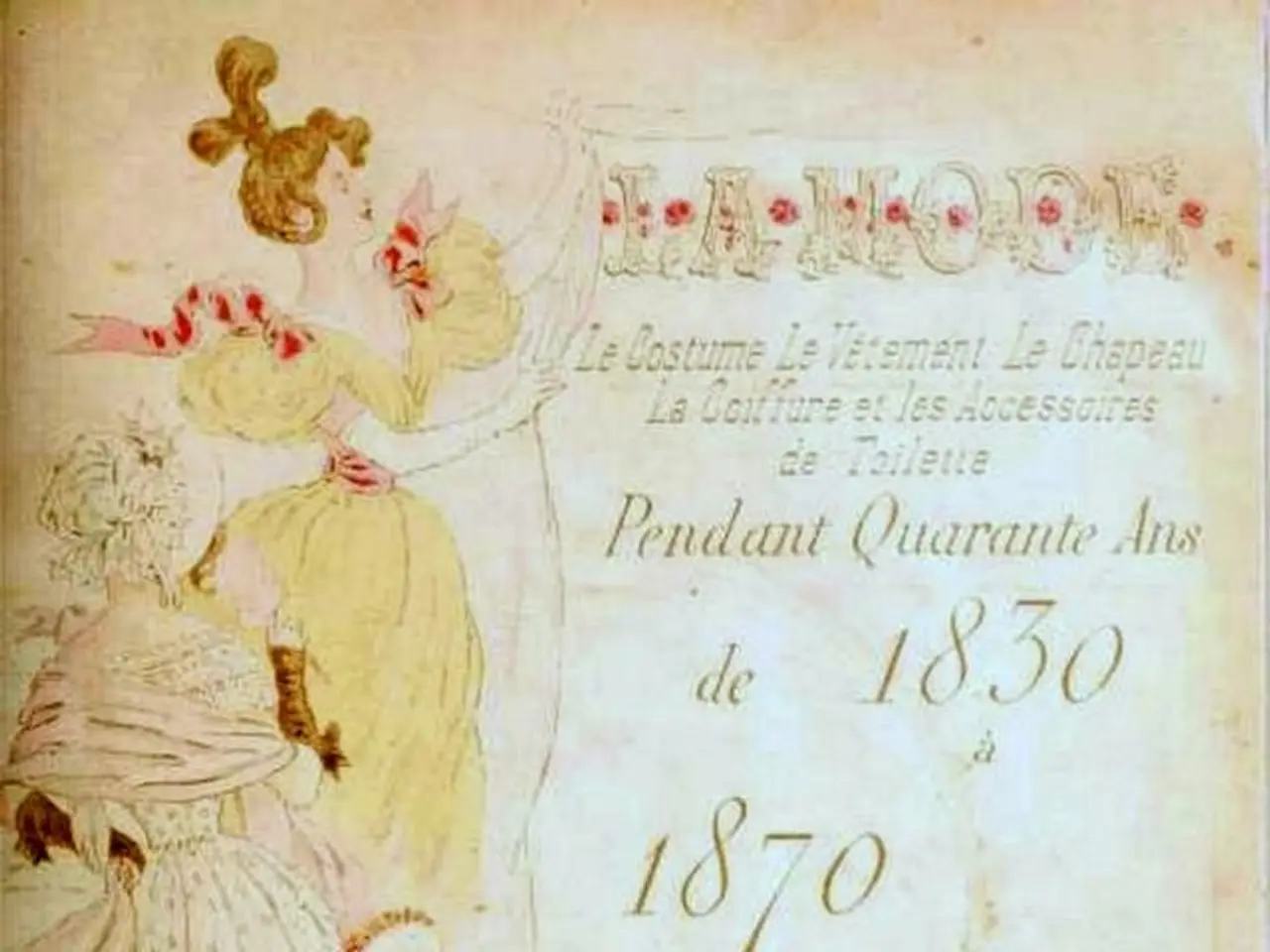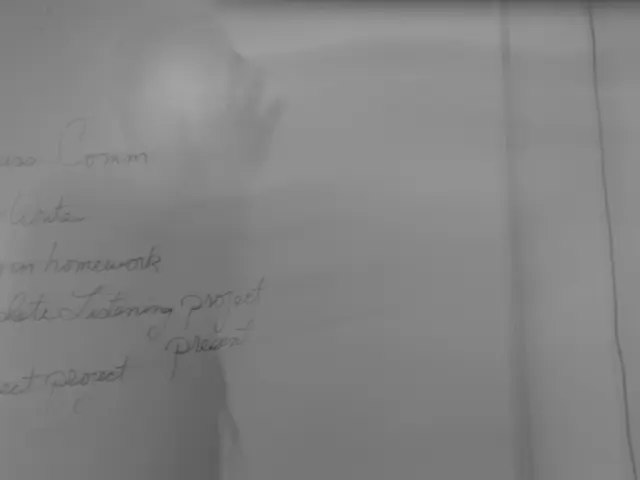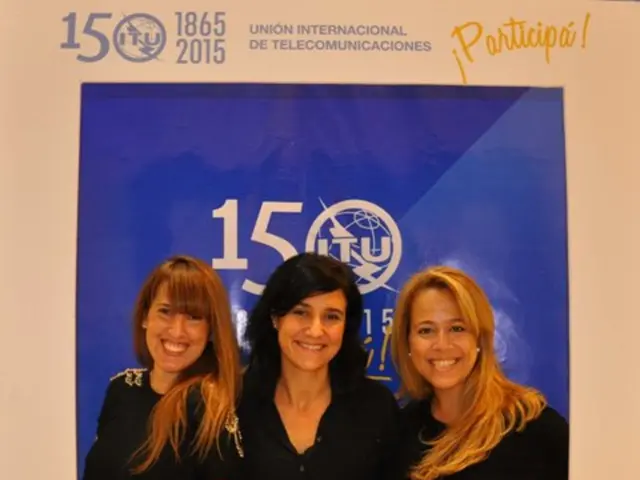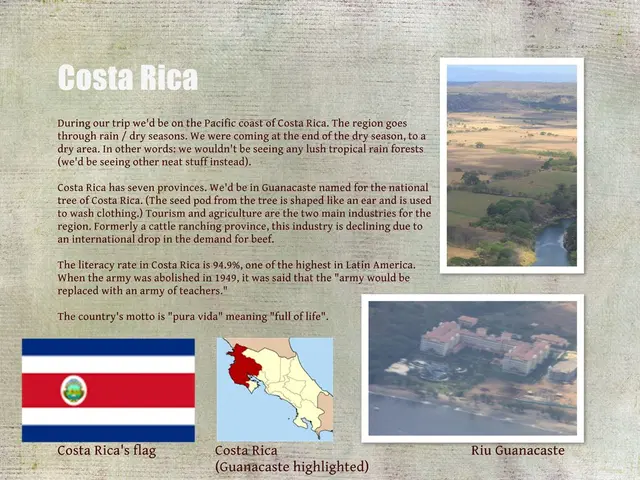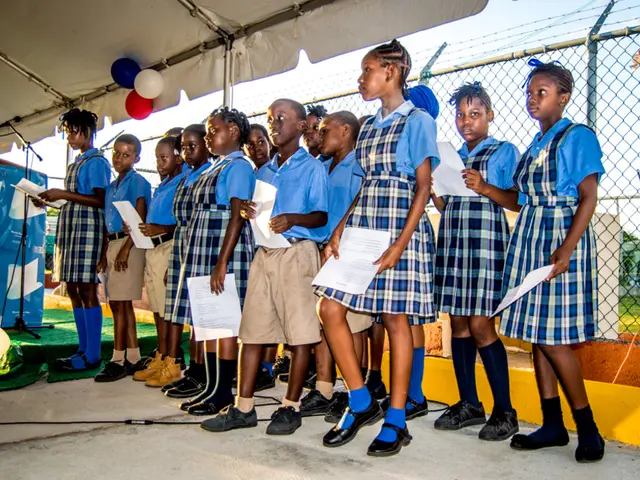Gender Gap Widens Globally, India Slips in Rankings
Gender inequality persists worldwide, with women comprising just 39% of the global labour force as of 2019. The COVID-19 pandemic has exacerbated this issue, with women's job loss rates 1.8 times higher than men globally. Meanwhile, India, despite closing 62.5% of its gender gap, has slipped to 140th position due to a decline in political empowerment.
The World Economic Forum's 2021 Global Gender Gap Report reveals a global average distance to parity of 68%, with an estimated 135 years to close the gap. The largest gap exists in political empowerment, with only 22% closed to date. In India, the Confederation of Indian Industry (CII) works to strengthen women's role and participation in the economic sphere. It conducts research and provides policy suggestions, including incentives for underrepresented sectors and expanding education. CII's Women Exemplar Award recognizes and celebrates successful women thriving in challenging circumstances.
Urgent action is needed from global policymakers to boost women's empowerment and close the widening gender gap. Advancing gender equality could add US$ 13 trillion to global GDP by 2030, while delaying action could reduce GDP by around US$ 5 trillion.
Despite progress, gender inequality remains a pressing global challenge. India's decline in political empowerment subindex underscores the need for targeted action. With significant economic gains at stake, international cooperation is crucial to accelerate women's empowerment and bridge the gender gap.
